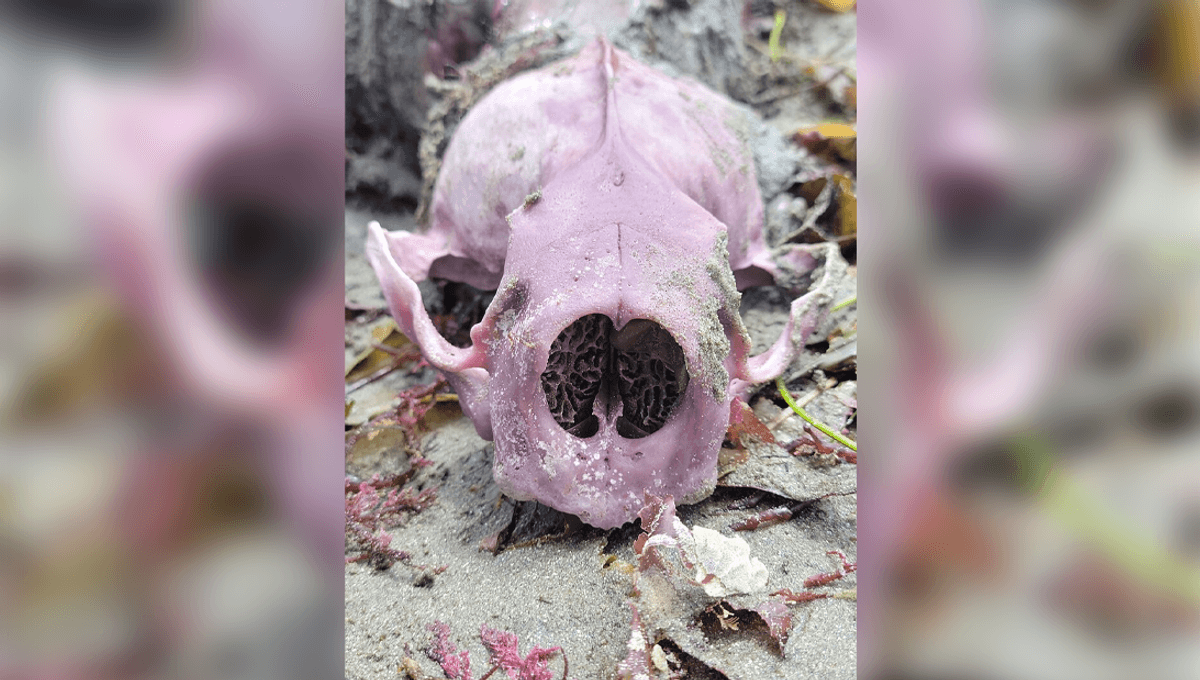
Sea otters are surprising creatures. They’re athletic, intelligent, and actually incredibly scandalous with disturbingly precise diets (don’t be fooled by all that fluffy hand holding). Another surprise they’ve been keeping from you? Sometimes their bones and teeth are purple.
The rest of this article is behind a paywall. Please sign in or subscribe to access the full content.
Not all sea otters have purple bones and teeth, but it isn’t all that uncommon. The purple coloration can be subtle or really quite pronounced, and the culprit behind this strange phenomenon? Sea urchins.
Purple urchins = purple otters
To a human, a sea urchin looks to be about the most exhausting snack ever. They’re covered in defensive spines that deter a lot of predators, but not sea otters.
Sea otters love munching on urchins, including the purple sea urchin Strongylocentrotus purpuratus. As its name would suggest, it’s very purple, and this is the key to the purple otter bone mystery.
Purple sea urchins contain echinochrome pigments, and when a sea otter swims about gorging itself on these urchins, they can uptake that pigment and it can show up quite dramatically in their teeth and bones. The degree of purple is dependent on how much that individual loved eating urchins, with more urchins resulting in a richer purple.
A 2013 study that looked at the California Academy of Science’s sea otter specimen collection – which is the largest in the world, by the way – found that purple discoloration (known as echinochrome staining) was more common in male specimens. They also saw that the staining could affect the whole tooth or skull, or just parts of it, giving rise to a groovy variety of purple-hued specimens.
Diets that make you change color
If you’re thinking this all sounds a bit made up, there are plenty of photos to support the idea. Furthermore, the idea that diet might change an animal’s appearance is something we see in humans, too.
Alpha- and beta-carotene are the pigments that make carrots so fabulously orange, and if you go to down on carrots daily and for a prolonged period of time, you too can turn a bit orange. It’s even got a name: carotenoderma, but please don’t try this at home (unlike some people in 2023 did, thinking it would give them a great tan – it didn’t).
And as for that other rumour about carrots – you know, the one about them giving you incredible vision – well, it turns out that was all just a bit of WWII propaganda.
Source Link: Pretty In Purple: Why Do Some Otters Have Purple Teeth And Bones? It’s All Down To Their Spiky Diets